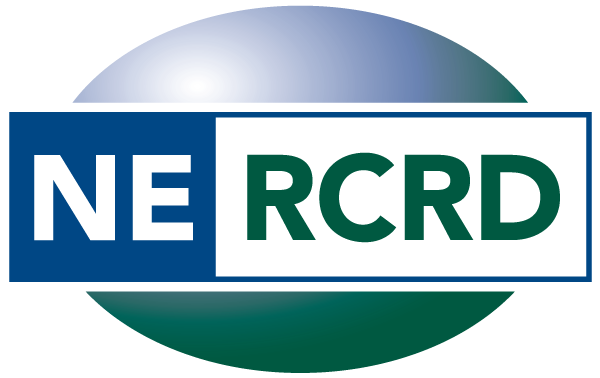Archive for Tourism and Outdoor Recreation
Economic and Quality of Life Data for the Upper Valley Region of New Hampshire/Vermont
This report presents sustainable tourism indicators identified from public data sources in the Upper Valley region of New Hampshire/Vermont.
Authors: Luyi Han, Stephan Goetz, Daniel Eades, and Doug Arbogast
Publication: Published by NERCRD Date Published: December 12, 2025
Tags: data brief, outdoor recreation, tourism, TRIP
Economic and Quality of Life Indicators for Monongahela National Forest
This report presents sustainable tourism indicators identified from public data sources in the Monongahela National Forest (Mon Forest) region of West Virginia.
Authors: Luyi Han, Stephan J. Goetz, Daniel Eades, and Doug Arbogast
Publication: NERCRD publication Date Published: October 24, 2025
Tags: data brief, outdoor recreation, tourism, TRIP
Economic and Quality of Life Indicators for Allegheny National Forest Counties in Pennsylvania
This report analyzes sustainable tourism indicators in Pennsylvania’s five-county
Allegheny National Forest region (Cameron, Elk, Warren, McKean, and Forest Counties) as part
of a USDA-funded multi-state project examining rural gateway community resilience.
Authors: Han, Luyi; Goetz, Stephan J.; Eades, Daniel; Arbogast, Doug
Publication: Published by NERCRD Date Published: August 1, 2025
Tags: data brief, outdoor recreation, tourism, TRIP
Fostering Sustainable Growth in Pennsylvania’s Allegheny National Forest
The Allegheny National Forest region offers significant potential for sustainable tourism growth by balancing environmental protection and economic development. Researchers from West Virginia University and Penn State and their local collaborators drew on the perspectives of ANF visitors and residents in a survey conducted in 2024. This article shares key findings from the survey.
Authors: Claudia Schmidt, Douglas Arbogast, Jinyang Deng, and Stephan J. Goetz
Publication: Penn State Extension Date Published: June 25, 2025
Tags: outdoor recreation, tourism, TRIP
Insights on Agritourism Among Producers in Western U.S. States: Evidence from the 2024 National Agritourism Producer Survey
This report presents findings from the 2024 National Agritourism Producer Survey. A total of 136 survey participants identified themselves as being in a Western region states by reporting the postal (ZIP) code of their farm. (To access the national-level findings, visit this page.) This survey is part of a larger project aimed at defining and enhancing the agritourism support system in the United States.
Authors: Jason Entsminger, Claudia Schmidt, Sarah Cornelisse, and Jackie Schweichler
Publication: NERCRD Research Brief Date Published: June 3, 2025
Insights on Agritourism Among Maine Producers: Evidence from the 2024 National Agritourism Producer Survey
This report presents Maine-specific findings from the 2024 National Agritourism Producer Survey, conducted in part to address the type of knowledge gaps just identified. The online survey was open from March through August 2024, and 2,139 agritourism operators across the United States responded. A total of 94 survey participants identified themselves as being in Maine by reporting the postal (ZIP) code of their farm.
Authors: Jason Entsminger (University of Maine); Claudia Schmidt (Penn State and NERCRD); Sarah Cornelisse and Jackie Schweichler (Penn State)
Publication: Published by NERCRD Date Published: May 2, 2025
Tags: agritourism, agritourism data brief, data brief, survey
Insights on Agritourism Among US Producers: Evidence from the 2024 National Agritourism Producer Survey
This report presents findings from the 2024 National Agritourism Producer Survey. This survey is part of a larger project aimed at defining and enhancing the agritourism support system in the United States. The primary objective of conducting this survey was to identify areas where targeted interventions and programs can support agritourism development across the country.
Authors: Claudia Schmidt (Penn State and NERCRD), Jason Entsminger (University of Maine), Sarah Cornelisse and Jackie Schweichler (Penn State)
Publication: Published by NERCRD Date Published: April 21, 2025
Tags: agritourism, agritourism data brief, data brief, survey


